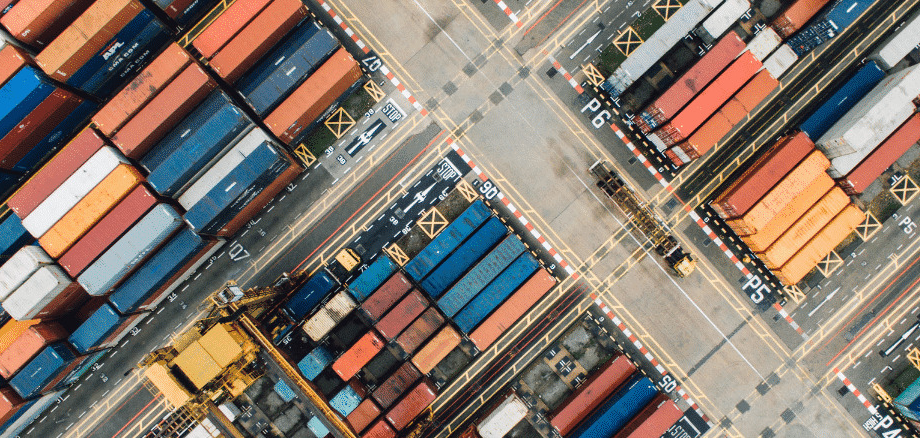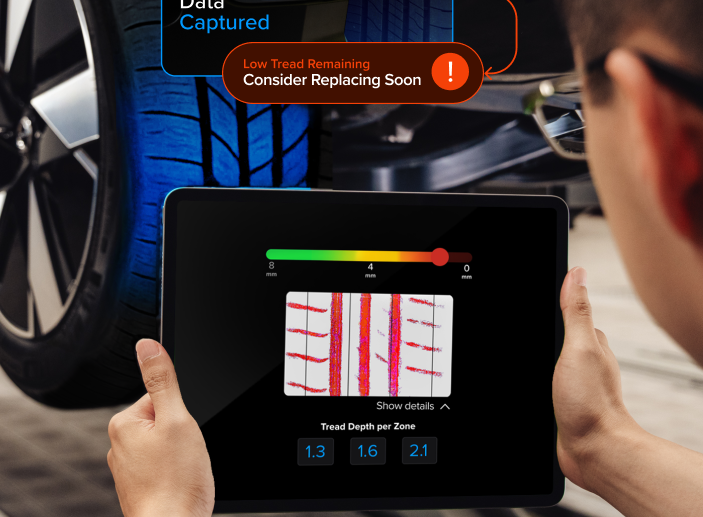
Lessons from the Last Mile: In Conversation with Gary Newbury
In our latest podcast episode of “Delivering the Goods”, we discussed the main Last Mile Delivery frustrations with Gary Newbury, a leading executive at RetailAID and one of Rethink Retail Top 100 Influencers. Listen to the full episode here!
Here are some choice excerpts from that conversation.
What hindered last mile delivery companies from performing at their best during the pandemic?
The Huge Acceleration in Demand
The first element was the acceleration in volumes. Before the pandemic, most people shopped their clothes in-stores, worked in their office or went into restaurants to grab some food. But due to covid restrictions, people became much more focused on their homes.
As a result, we have experienced a massive swing in category spending. By switching from store-spending to online shopping, our smartphones became our best friends.
To underline this acceleration with some numbers: ecommerce used to make up about 2-3% of retail spending in Canada, it is now about 15%. This is confirmed by the latest figures from the World Economic Forum, which found that demand for deliveries increased by 25% in 2020 alone!
The Need for Greater Investment
The second element has been the traditionally risk-averse nature of retailers to investment. Today, we live in an interconnected world, and should be looking abroad to see how businesses are managed in different ways, such as in the UK and Germany – and vice versa.
But new innovations that were badly needed were sometimes limited in the past. Businesses still have budgets, ROIs (return on investments) and capital expenditure that hinder risk-taking. If you look at the investment of venture capitalists, you’ll see that we’ve got a very risk-averse nature to companies in areas around the supply chain and particularly the last mile.
A lack of imagination
Sometimes, retailers have lacked the imagination to scale. If you take Canada for an example, there’s a lot of “white space” in between its main populated areas, and you can easily fly up to five hours whilst still staying within the same country. Therefore it might sound impossible to get something delivered from Toronto to Vancouver and have it delivered the next morning, but it could be done.
Those three elements have slowed down the ability to execute well as these volumes have increased. Usually, if sales went up, companies would pat on their shoulders and celebrate. However, in this scenario a lot of friction was inflicted in the area of the online buying experience which should be quite friction-free.
Which areas should retailers focus on to stand out?
Experimentation is key. Everybody should experiment with different ideas, like Amazon did six or seven years ago with drones. Afterwards a lot of companies wanted to include drones into their strategy and it’s simply a great thing to experiment and see what happens. It seems to be that we want to jump to the right solution at once, because we’re only thinking about what’s useful today. So, we grab what works, without giving it any more thought. There’s simply not much attention paid to experimentation.
But in the wider picture, you should start working on what real solutions look like. And that solution may be beyond process systems, infrastructure and even KPIs. It’s much more about how do we interact in our ecosystem and how do we collaborate with people that we used to think of as our competitors?
Following this thought, there’s a great opportunity in sharing resources of different companies and working together, so that different areas are split up and only one carrier delivers into local neighborhoods. We’re far from this conversation now, but we need to get to it fast.
What are retail companies still missing out on?
Even though some companies are already doing a good job with last mile delivery, customers still have to look it up if they want to know if their package has been delivered. So, within the whole process of placing an order and getting updates about when your package will be delivered, getting an update to when it actually gets onto your porch, still is a missing piece.
Retailers, organizations and any other form of business supplying consumers need to think about it from the consumer point of view. If a company is not going to ring your bell, how do you give your customers visibility and how do I minimize the risk of porch piracy by making sure you have given the customer every opportunity to know their package is on its way.
This interview was edited for brevity and clarity. For the full conversation and the latest insights from the world of last mile logistics, listen to the Delivering the Goods podcast!

